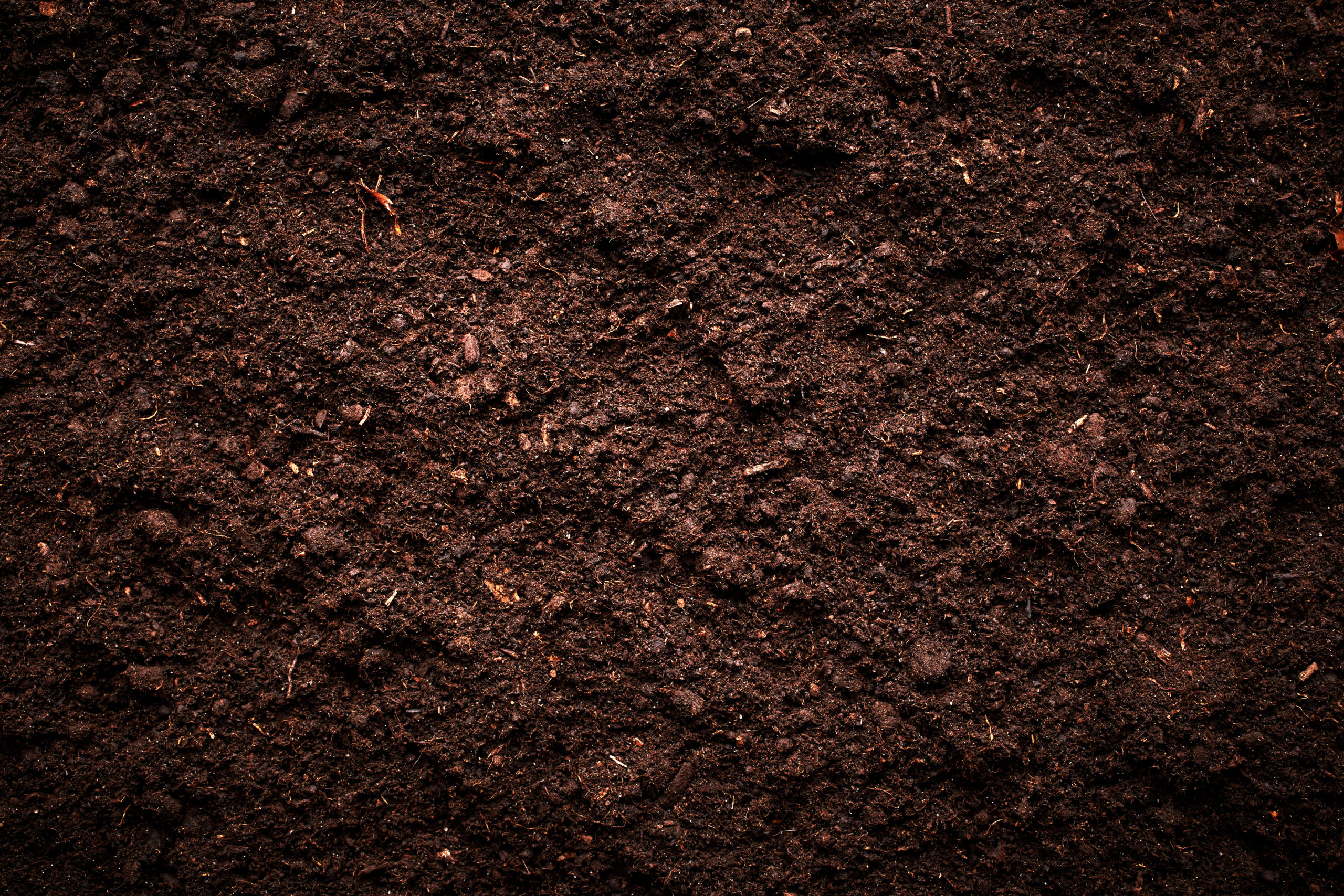Tips For Top Yields In Your Corn & Soybean Fields
1. Test soil fertility
Test soil fertility levels annually, or at least every other year, preferably in the fall. Add phosphate and/or potassium to help boost corn yields when soil tests indicate the need. Proper nitrogen fertilizer practices are critical for high-yielding corn. Determine the best nitrogen rate and timing by calculating your nitrogen needs for the crop to thrive and nitrogen loss between application and key growth periods. Farm Nutrients can help you with this by adding chicken litter and 32% UAN to your fields. Chicken Litter not only helps you build organic matter, but also provides you with your N-P-K and micronutrients.
2. Research hybrid and variety selections
Corn: Select hybrids from more than one maturity and genetic group for risk management and to spread out the workload at planting and harvest time. Research hybrids with consistently high-yield corn ratings, good standability, and appropriate maturity ratings for your area. Make sure that you are placing the right hybrid on the right soil type. This will have a major impact on your ROI.
Soybeans: Varieties with built-in herbicides tolerance traits can significantly improve management of tough-to control weeds. Traits for disease resistance can protect your soybeans from yield robbing diseases. Consider your goals and the history of weed and disease pressures in your fields when selecting traits.
3. Soil Conditions
Probably the most important tip is to always have a good seed bed. I know with the way last spring went, we saw multiple issues with sidewall compaction, damping off, and other problems after we planted last year’s crop. It’s not easy to determine the perfect time to plant but going and checking your fields to make sure that the soil temperature is right is a good place to start. In general, corn should be planted when soil temperatures are near 50 °F. Seed will absorb about 30 percent of its weight in water, and temperature does not affect water imbibition much. This is different than radicle (root) and coleoptile (shoot) growth; their growth is correlated with soil temperature. In cold soil conditions (below 50 °F), seeds will readily absorb water but not initiate root or shoot growth; this leads to seed rotting and poor emergence if poor seedbed conditions are prolonged. Recommendations are to begin planting when soils are near 50 °F or are quickly increasing to 50 °F.
4. Planting Depth
Aim to get corn and soybean in the ground 1.5-2 inches deep. Planting 1.5-2 inches deep keeps corn and soybean seed in even soil temperature and moisture conditions.
For corn, proper depth is critical for root establishment and avoiding rootless corn syndrome where the nodal (crown roots) don’t get well established.
While soybeans are more forgiving on planting depth, UNL research found lowest yields when soybeans were planted 1.25 or less inches and 2.25 or greater inches with the highest yield at 1.75 inches deep.
Get out and check. Even with monitors showing down force and seeding depth, it’s still important to check what actually is happening. It’s also important to do this for all planter units within every field, particularly with different tillage/residue situations. We’ve seen how adjusting down force can lift up planter ends, resulting in shallow planting in the outside rows, particularly with center-fill planters. Results of improper/uneven planting depth can be seen all season long and may affect yields. While in-field checks take time, you’ll be glad you caught any issues before too many acres are planted incorrectly.
5. Check Emergence
Going out to your fields and checking the emergence will help you determine what kind of crop potential you will or will not have. This will help you make better decisions for the future of your crop. Below are some charts to help determine the length of row needed based on row spacing to collect your stand count using the 1/1000th acre method.
Search
Our Increased Focus on Litter Quality
This past summer, we at Farm Nutrients shifted our focus to address one of the major challenges of chicken manure: quality. Historically, we’ve worked through manure that had varying quality as we moved from barn to barn or sometimes even within the same storage facility. We know this has been a frustration in the past … Continue reading Our Increased Focus on Litter Quality
Read More >Early Ordering Crop Protection
Tis the season for holidays and time with family, as much as we can anyway with Covid in mind. As the holidays approach for another year, so does the time of year to start your crop planning for next year and with that comes early ordering crop protection chemicals. Here at Farm Nutrients, we work … Continue reading Early Ordering Crop Protection
Read More >How Can Soil Sampling Benefit Your Operation?
What does it take to build healthy soils? What is my crop lacking that keeps me from getting the highest yield possible? These are questions I get asked nearly every day, especially this time of year.
Read More >



